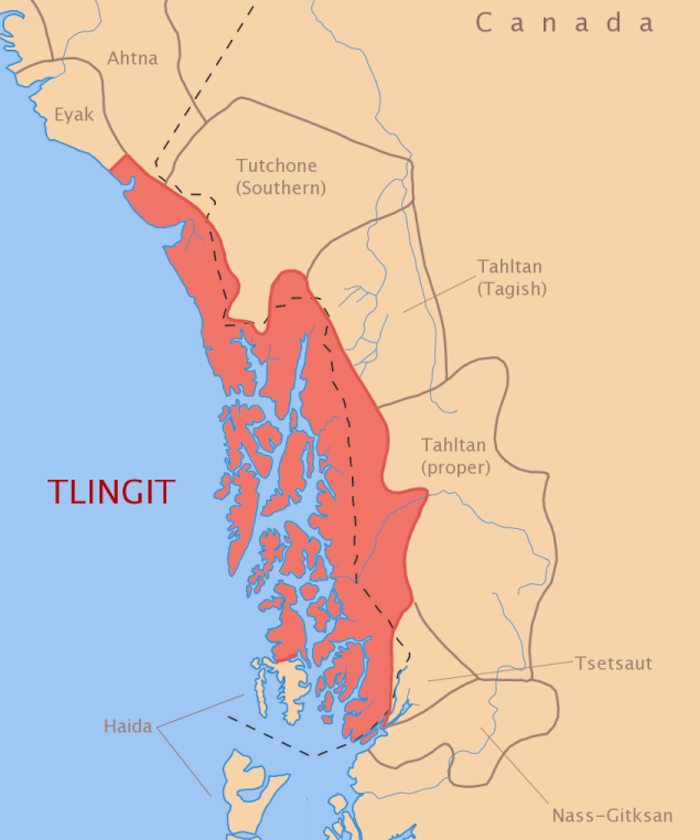Date of Discovery
Though there is not a set date these creatures came in Alaskan native folklore, most of the legends simply state “in the old times.”
Name
The Kushtaka is also known as Kooshadkhaa which means “land otter man” and is where the American name Otterman comes from. In other language’s they are called Baykok (or bakaak), Keelut, and Wayob.
Physical Description
The Kushtaka is a mythical shape-shifting creature capable of assuming human or otter-like form. They share the same nature and appearance as the Skinwalkers from the Central Plains as well, depending on the tribe’s legend. Some have been reported as demon-like, others are closer to an otter-like yeti.
Origin

These mythical creatures are found in the folklore of the Tlingit and Tsimshain people of the Pacific Northwest Coast of North America. Two main theories among Eleherean scholars are that Kushtaka were “converted” mortal kith or that they are stolen fey-souls that failed to meld properly. There is little supporting these hypotheses as each tribe’s reports range in similarity, so the origin of the Kushtaka’s is still unknown to this day.
Mythology and Lore
The tales of the Kushtaka’s behavior conflict a bit with one another painting ever different pictures of these creatures. In some tales they are cruel creatures who play tricks on the Tlingit sailors to cause their deaths; however, in others, they are friendly and helpful to the sailors as well as villagers, and even saving them from the freezing waters. When they are saving people, the accounts tell that the Kushtaka will transform the dying person into an otter as well, giving them the ability to withstand the cold and make it to safety. Many legends tell of the Kushtaka emitting a high pitched, three-part whistle in a pattern of low=high-low. Some legends say the Kushtaka lure women to the rivers with screams of babies, then it makes its choice to transform them into fellow otters or kill the person and tear them to shreds. Locals believe only a few things can ward off these trickster creatures; cooper, urine, dogs, and fire. They also kept their children safely away from the waters and always travel there in pairs.
Many tribes still tell the tales of the Kushtaka from the old times, however, they never seem to nail down the real nature or mission this creature is on. Sometimes violent or deadly and with a demon=like appearance; others, it’s mild and calm with a friendly appearance of otter-like creatures. It seems the Kusktaka will continue to be sought out and studied in hopes of truly understanding them.
Modern Pop-Culture References
Kushtaka featured in this History Channel episode
Books & Literature
Movies
- Kushtaka (2019)
Television Series
- In Search of the Kushtaka (2014)
Is there anything we missed about the Kushtaka? Let us know in the comments section below!

